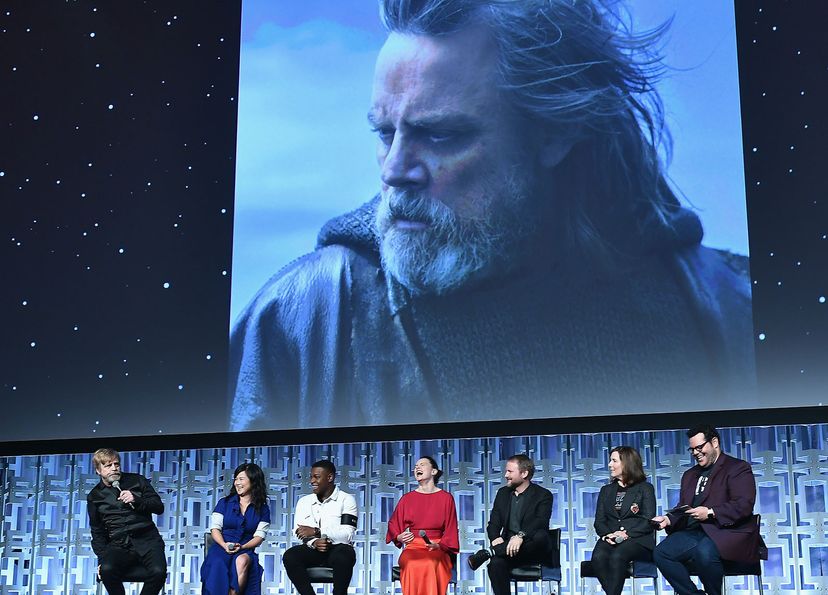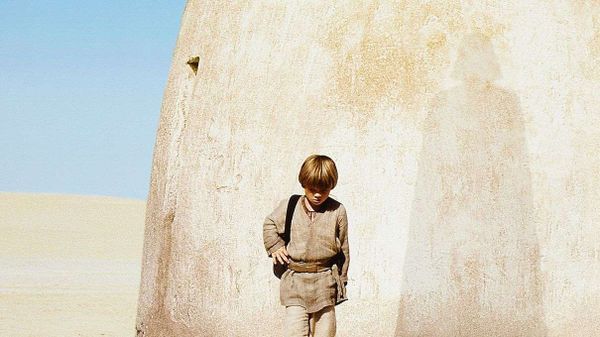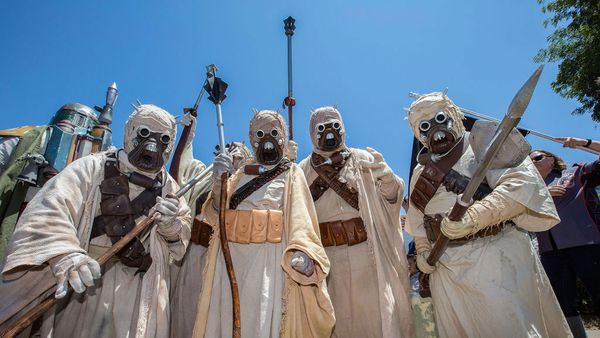
"It's time for the Jedi to end."
These are the words of Luke Skywalker, some of the first we've heard him say since "Return of the Jedi." He didn't speak in 2015's "The Force Awakens," and according to the lore, he's been hiding out on a remote world home to the first Jedi Temple for quite some time.
Advertisement
Why would he, the last Jedi Master, say a thing like that?
This is the question we all hope will be answered in December's release of "The Last Jedi," the eighth installment of the Skywalker Saga. But more than a few clues are scattered across the "Star Wars" canon, and the answer might be easier to find than we thought.
Perhaps the first thing we need to understand is Luke's journey, starting with "The Empire Strikes Back" and how we can assume his journey during the events of "The Force Awakens" played out. In "The Empire Strikes Back," Luke can see the pain and suffering of Princess Leia and Han Solo through the Force, even before it happens. He ignores the advice of his masters to remain in his hidden training on Dagobah and goes to confront Darth Vader in order to save them. This decision puts him on the brink of the dark side, but he is able to save his friends sooner or later. Luke is so much more powerful now, so many years later, we have to assume he could have interceded on Han's behalf when Han's son, Ben Solo (who took on the name Kylo Ren), ran him through with a lightsaber.
The question we have to ask is why? Luke knew his best friend was going to die at the hands of Ben Solo, Luke's nephew and former student, so why did he still let it happen?
I think the answer lies in Luke's finishing move in "Return of the Jedi." At the climax of the film, when he should have launched into an impressive battle against the emperor, he chooses nonviolence. He throws away his lightsaber and lets the emperor have his way with him. It's only through the compassion of his father that he's able to survive. This act brings Anakin Skywalker back to the light side.
Thanks to two new stories that have been released in 2017, the first a short story in "The Legends of Luke Skywalker," and the second the single player story of "Star Wars: Battlefront II," we catch glimpses of this new Luke Skywalker. He's helping Imperials, people he would have shot at indiscriminately before his new enlightenment. He doesn't care what life-form is around and needs help, he shows that life-form compassion.
This nonviolent trajectory for Luke Skywalker fits with George Lucas' concept of an ideal world. In 2012, while on "CBS Morning News," Lucas talked about how compassion should be the overriding driver of government and societal structure: "[We come] out and say that we care about everyone in our society and what we want to do is do what's best for everybody in the society. We want to build the best society where everybody gets the best possible life they can possibly have."
In "The Force Awakens," when Han Solo tells us that Luke had a student turn dark and kill the other students in his charge, Luke might have to rethink what that compassion means. How can he kill his nephew when his finishing move is love and compassion? Of course, this split forces Luke to do a lot of soul-searching, and what better place to seek out than the origin of the Jedi to see how they grappled with their problems?
One of the earliest lessons learned in "Star Wars" is that violence is cyclical, just as Greek mythology long ago pointed out. It was foretold to Cronus, the father of Zeus, that his children would be his undoing because of this circular violence. The damage he did to his father would likewise be done to him. And he couldn't stop it.
This idea appears in Christian theology, too. In Matthew 26:52, we see a passage that reads: "'Put your sword back in its place,' Jesus said to him, 'for all who draw the sword will die by the sword.'"
Luke put his sword away once and saved his father. After his nephew's turn to the dark side, it makes sense that he'd put away his sword again. And something tells me that Rey isn't going to find a very helpful Luke Skywalker at the beginning of "The Last Jedi" because of this nonviolent coda.
Advertisement

